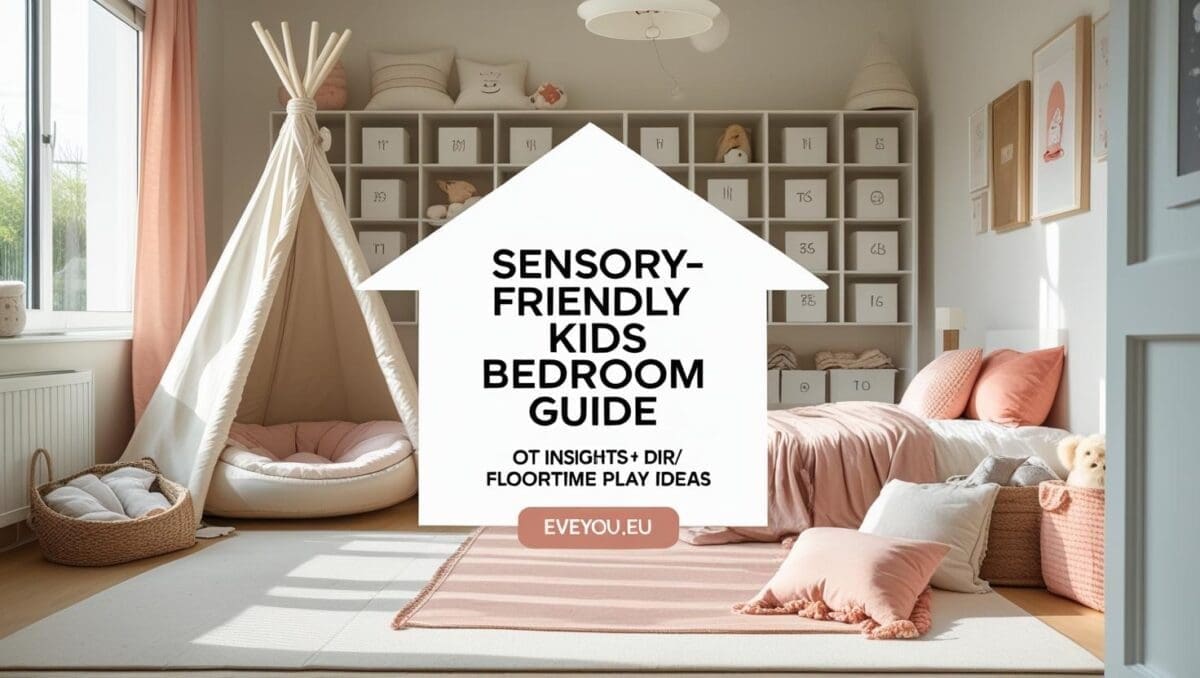Primitive reflexes are the automatic, involuntary movements that all infants are born with. They serve vital survival and developmental functions early in life. By the time a child reaches about six months old, these reflexes should naturally be integrated—or “inhibited”—as higher brain centers assume control of voluntary movement. When primitive reflexes persist beyond infancy, they can interfere with a child’s development and contribute to challenges such as ADHD, anxiety, learning disorders, and social-emotional difficulties.
This article explains what primitive reflex integration is, outlines how retained reflexes can impact behavior and learning, and details safe, engaging exercises that help integrate these reflexes. We also include real-life examples and authoritative references to support mental health professionals, educators, and parents in providing complex, effective help for children.









